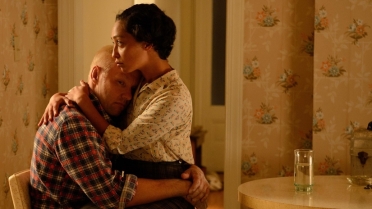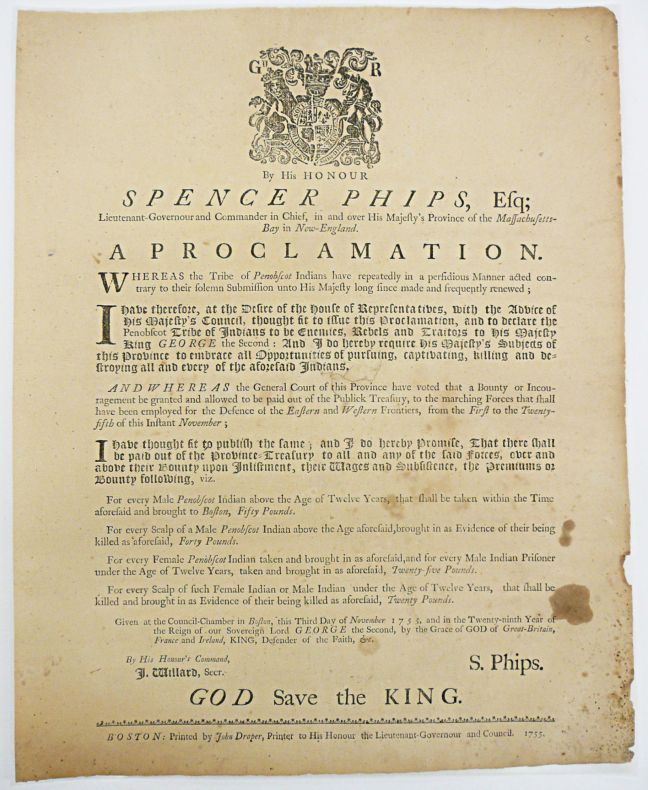If time is just a social construst, then why do I feel this need to start all over again on this very same day every day?
The idea of years wasted has always given me a bout of anxiety. The idea of dying had scared me from a very young age way before I had even thought about ending mine. Yet that did not stop from trying to hang myself in fifth grade. And then when it did not work, I sat there a very long time tried to wonder, truly why the other kids hated me so. Did they really want me gone? Was I really diseased to them as they played it out to be. They held my papers with two fingers and flung them at me, made fun of things I could not control and I just could not understand why other kids had to be like that when.
A decade past and I left untreated and things got worse and only when I went away from all that ailed me in the past before was I able to start recovering from it. And when I started, I never thought I would be “one of those people.” I always thought I would “stronger than that” or I would be the one who made it all the way and didn’t succumb to my brain disease and do this like so many others before me had done and I would be the one who made it and lived for everyone else who did not.
But living for everyone else is so much harder and you’re the one alive and the others are gone and there is no one to live this one life now but you. I cannot take back who I had become over the last three years when not all my disease was treated together. But I can take all the bits and pieces I have learned from the last 24 people I had been and sew together a 25th person who is a siginificantly better person than the 24 ones before her.
This person is best to emerge in a social construction where people come together in merriment that resemble times past where faces of familiarity are placed with people who may become familier. She must weave together all her memories, all her sorrows, all her joy, her lost child, her passed animals, and her two times of near death to be stitched in a version that can be easily updated in a time of necessity. That she will be program to do everything she can to ensure the next 25 parts of herself are well taken care of an can be looked back upon fondly. And while she must do all she can in a socially constructed environment, she must be able to do it by the last of seven candles and when the crystal ball falls from the sky.
So why not, on this day of all the days, make yourself into someone entirely knew that you can be proud of 25 years later?







